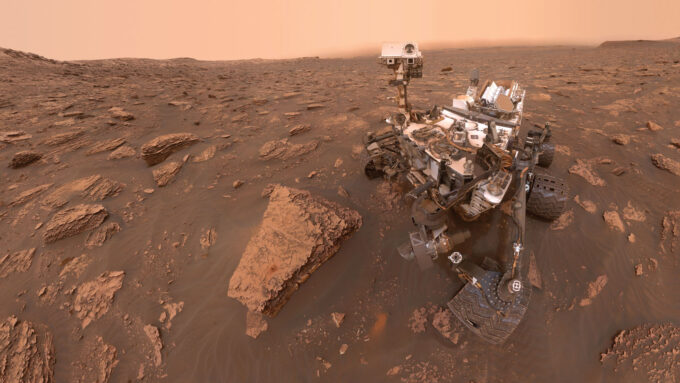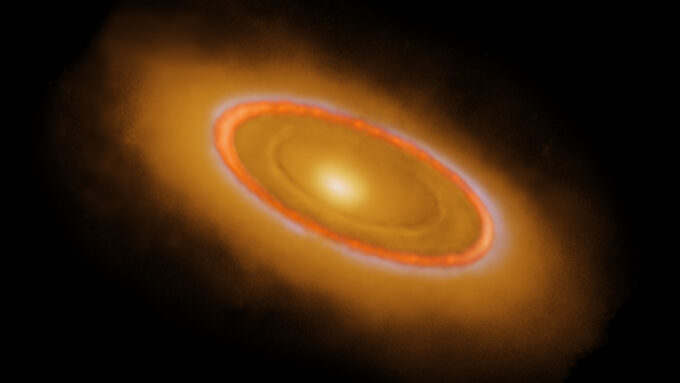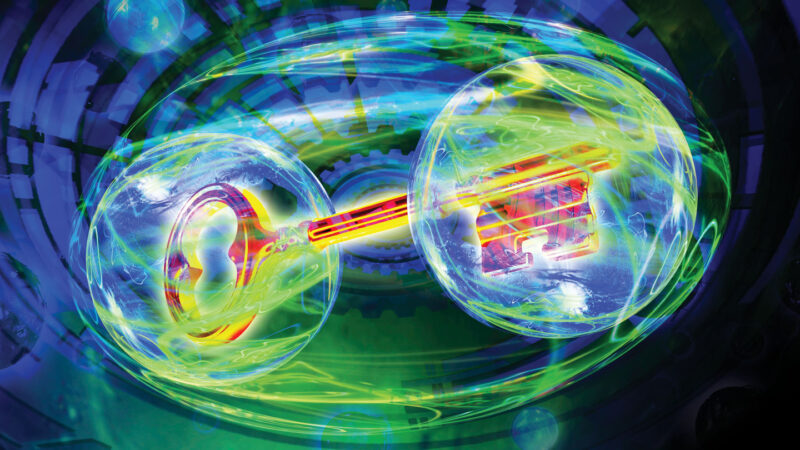
‘Under Alien Skies’ imagines what the sky looks like on other planets
Astronomer Philip Plait’s new book takes readers on a thrilling ride to Mars, Pluto and even a black hole.

Astronomer Philip Plait’s new book takes readers on a thrilling ride to Mars, Pluto and even a black hole.

New images of Fomalhaut confirm that an alleged planet is probably just dust while also revealing a new asteroid belt and a “Great Dust Cloud.”

Heated deltamethrin kills mosquitoes resistant to its usual form. Scientists are working to add the improved insecticide into bed nets.

Today's encryption schemes will be vulnerable to future quantum computers, but new algorithms and a quantum internet could help.